Proper Posture: How to Reduce Upper Back Pain
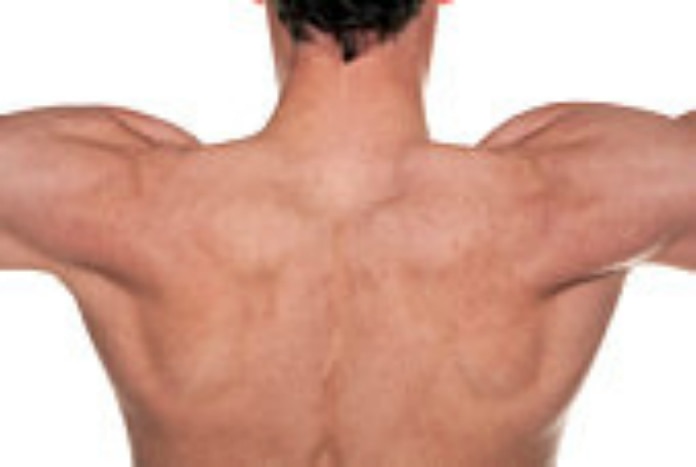
Why Upper Back Muscle Happens?
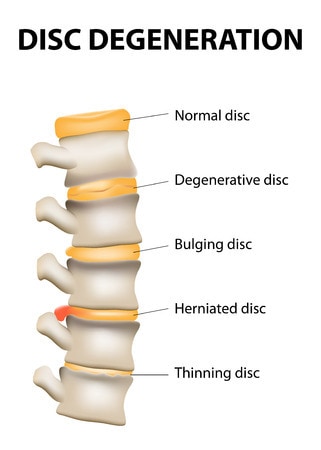
What characterizes upper back pain?
- Localized pain between shoulder blades area, or pain that runs through your arms or other areas of your back
- A burning pain
- A prolonged dull pain
- A short and sharp burst of pain
- A painful inhaling of air
Quick Treatment for Back Pain
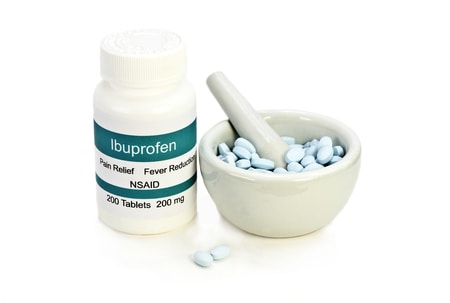
Best Exercises For Upper Back Pain Relief
1. Anterior Shoulder Stretch
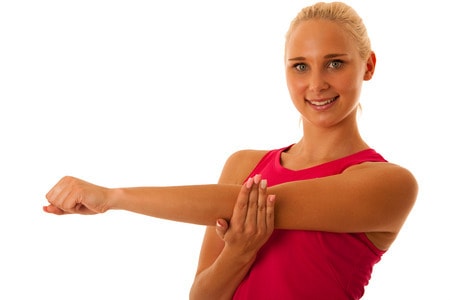
-
Start it with your right arm placed on your left side, across the front of your body.
-
Then use your left hand to clasp your right elbow.
-
Give your right arm more stretch by pulling your left arm inwardly without twisting your upper body
-
Hold it for 20 seconds
-
Do the same using your left arm
-
Aim for 3 repetitions
2. One Arm Doorway Stretch
-
Stand in a door frame.
-
Place your forearm against the door frame. Make sure that your elbow is 90° angle while your triceps are parallel to the floor.
-
Slowly move your body forward
-
Hold it for 15 seconds
-
At least, aim for 3 repetitions
-
For a challenging one, lean your head on the opposite side
4. Hallelujah Stretch
-
Start by sitting on a chair which backrest levels just below your shoulder blades
-
Put your hands at the back of your head
-
Slowly lean your upper back behind until you can feel the backrest over your upper back
-
Hold it for 15 seconds
-
At least, aim for 3 repetitions
5. Child’s Pose
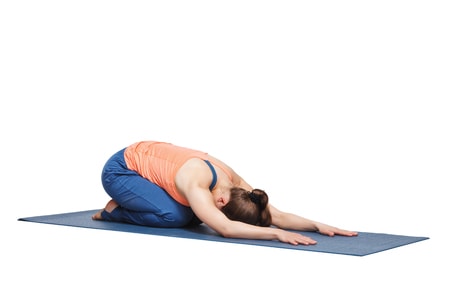
- Start by getting on your knees on the floor with a mat
- Set your knees as wide as your hip and keep the upper side of your toes touched on the Rest your butt on your heels
- Sit on your heels then move your upper body forward on top of your thighs or between them
- Let your forehead touch the floor
- As you lean your upper body, this should be done simultaneously: extend your arms and let your palms touch the floor
- Hold it in this position for 1 minute
- To release this position, slowly curve up your back using your hands then sit back on your heels
-
Aim for 3 repetitions
6. Seated Row With Resistance Bands ( Theraband®)
This kind of stretch reinforces all the major muscles of your back like the trapezius and rhomboids. The method only consists of proper scapular motion. Strengthening this area improves agility, posture, and stability of your back.
How to do it:
- Get your resistance band or Theraband and wrap it around a stable piece of furniture, or you can wrap it around the bottom of your feet
- Sit on the floor with your legs extended in front of you as your knees slightly bent
- As you grab the other ends of the Theraband, you also stretch out your arms in front of you as you get ready for the stretch
- Pull the Theraband with your elbows moving slightly behind the torso. You can feel your shoulder blades squeezing together
- As you pull the band, make sure your body to be still and straight while also maintaining that your arms are also close to your body
- Once your hands reach your torso, this ends the pulling of the band
- Hold this position for few seconds then go back to the first position by straightening your arms
- At least, aim for 3 sets with 10 repetitions
7.Trigger point therapy for Chest and Pectoralis Minor
Poor posture such as forward head posture and rounded shoulders may be a reason for overly tight pectoralis. Needless to say, this leads pain between shoulder blades. With the help of a manual massaging tool, this exercise helps reduce tension in those muscles to allow normal scapular muscles are functioning.
How to do it:
-
Lie on your back on the floor with a mat
-
Use a Theracane knob as a manual massaging tool. Grab the hook and position it in the grove below your collarbone.
-
Once you are set, apply pressure and move the hook up and down and side to side. Do this while keeping the knob still
-
Keep putting pressure until you feel the trigger point release
-
Do this release on both sides
8. Thoracic Spine Extension with Foam Roller
The rolling firm foam is a great object to massage your back. Using this can ease from mild to moderate pain especially in the thoracic or mid back.
How to do it:
-
Pick up your foam roller and place it on the floor, perpendicular to where your body will lay on it
-
Lie down on the foam roller beneath your shoulders. The foam roller and your body should form a “T” formation.
-
Lay your feet flat on the floor as your also bend your knees, then lift up your lower back. This will start the rolling back and forth of the foam roller
-
Use your feet to control the movement as well so that the massage runs all the way your entire spine.
-
Do this for at least 10 minutes
-
Aim for at least 3 repetitions
9. Downward Dog at the Wall
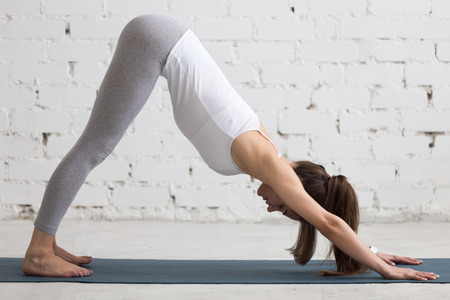
-
Begin with your hands and knees. Align your wrists right under your shoulders and your knees right under your hips. Parallel the fold of your wrists with the top edge of your mat. In the same top edge of your mat should be where you point your middle fingers
-
Relax your elbow as you stretch your elbows
-
Press and spread your fingers firmly through your palms and knuckles. Make sure you feel that you distribute the weight across both hands
-
Lift your knees off the floor as you also lift your hips toward the ceiling
-
Slowly straighten your arms, press your hips up and back as you reach the chest towards the thighs
-
As you do this, form your body into a shape of “A”
-
Feel the weight on your hands as you lift your hips. As you stretch your spine, lift up your buttocks then press down your heel and your palms
-
Lift your inner muscles of the arm to the top of your shoulders. Then, draw your blades into your upper back ribs and toward your tailbone
-
Draw your chest toward the direction of your thighs. Engage your quadriceps. Sink your heels toward the floor
-
Hold for 5-10 breaths
-
Release this by bending your knees and lowering your hips back to table position, or come all the way down to Child’s Pose
-
Aim for at least 3 repetitions
10. Scapular Squeeze
-
While sitting or standing, place your arms by your sides then squeeze your shoulder blades together.
-
Ensure that the elbows never moved other than kept down at the sides.
-
Hold for 5-10 seconds and relax
-
Aim for at least 5-10 repetitions
The Importance of Proper Posture
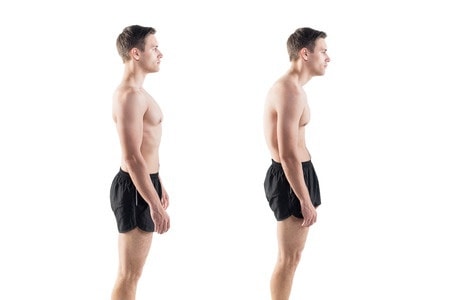
A Good Posture Means
-
Chin parallel to the floor
-
Shoulders even (shoulders rolled up, back, and down)
-
Neutral spine (no arching or flexing to show the curve in the lower back)
-
Arms at the sides with elbows straight and even
-
Abdominal muscles braced
-
Knees pointing forward ahead
-
Body weight spread evenly on both feet
-
For sitting position, the chin must also be parallel to the floor. Knees, hips, and shoulders must be at even heights while knees and feet also points forward ahead
